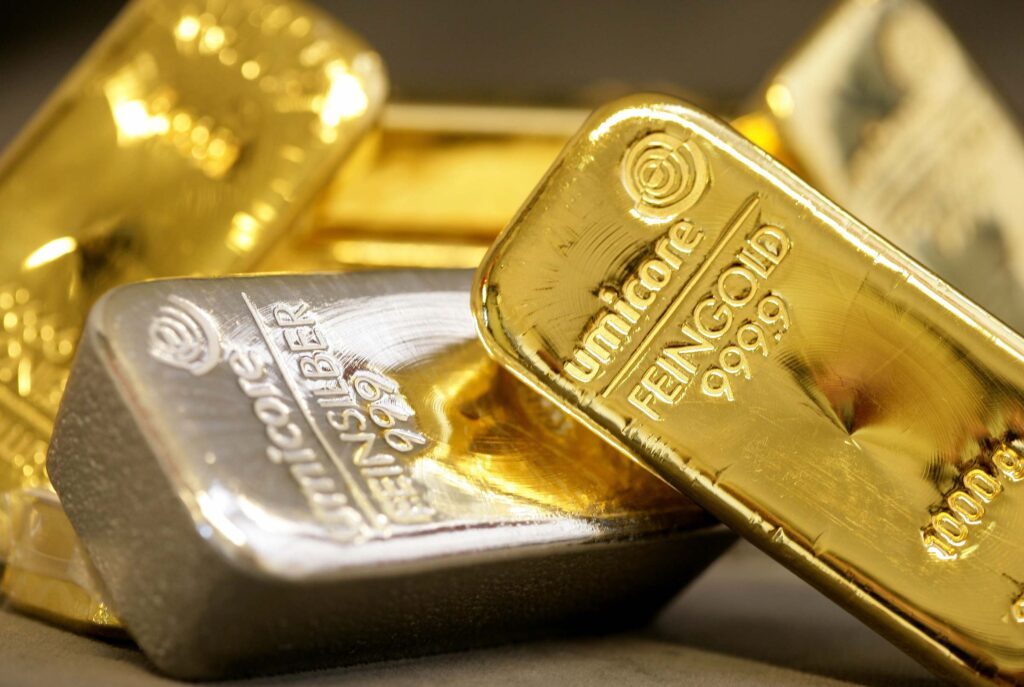
This gallery contains 0 photos →

This gallery contains 0 photos →

This gallery contains 0 photos →
يمكنك جعل النقدية السريعة في سوق الصرف الأجنبي باستخدام تكتيكات التداول الخاصة مثل
(Forex Scalping)

This gallery contains 0 photos →
There are plenty of resources for online Forex trading. Many guiding manuals are offered free online, information websites, technical and fundamental analysis of the market, charts and news-updates registered with the system and even hands on training online. The forex reviews and market trends based on stock research should also be made accessible.